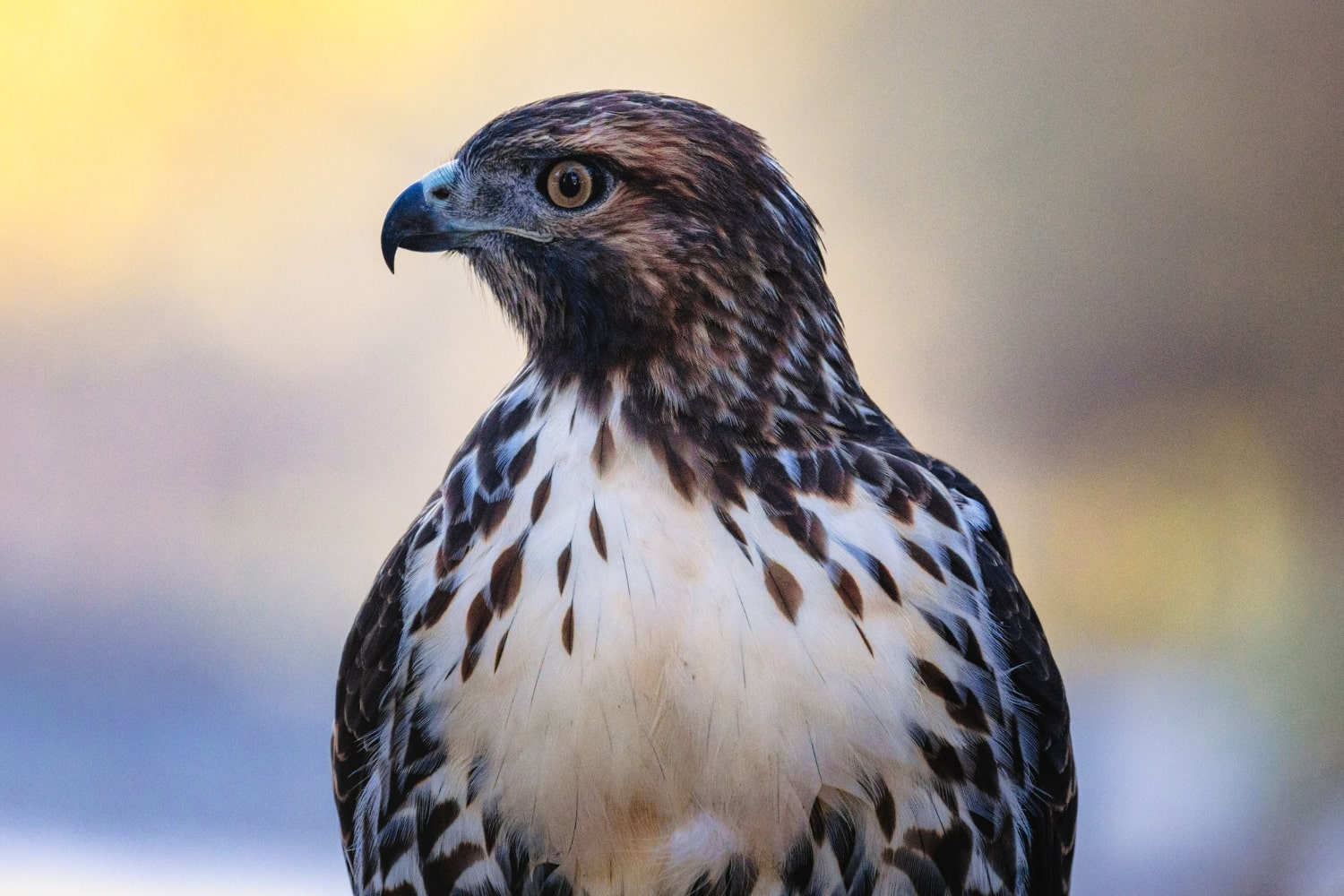Falcons have long been symbols of speed, strength and sharp vision. These incredible birds have conquered the skies with their grace and masterful hunting skills, earning admiration across various cultures around the world. Interesting facts about falcons reveal not only their natural abilities but also unique traits you might not know. If you think a falcon is just another bird of prey, this collection will make you see them from a completely different perspective.
- The peregrine falcon is the fastest animal in the world, capable of reaching speeds over 320 kilometers per hour during a dive. This makes it the absolute speed champion among all living creatures. Such velocity allows it to hunt other birds effectively in mid-air.
- Falcons possess extremely sharp eyesight, several times better than that of humans. They can spot prey from more than a kilometer away. This ability enables them to detect even the slightest movement from great heights.
- Unlike many other birds of prey, falcons do not have a strongly curved beak for tearing flesh. Instead, they feature a special notch on their beak used to break the neck vertebrae of their prey. This method of killing is a distinctive characteristic of falcons.
- Falcons are found on every continent except Antarctica. They adapt perfectly to diverse environments, from deserts to urban centers. Some species readily nest on tall buildings, using them as substitutes for natural cliffs.
- In ancient times, falconry was a privilege of nobility and a symbol of high social status. It was especially popular in Europe, the Middle East and Asia. Falcons were carefully trained and passed down as valuable possessions through generations.
- Falcons have a very light yet strong skeletal structure, giving them excellent maneuverability in flight. Most of their body weight consists of muscles needed for powerful wing beats. This allows them to fly long distances without significant fatigue.
- An interesting fact is that female falcons are usually larger than males. This feature is typical for many birds of prey and helps reduce competition for food between mates. Such size difference is known as reverse sexual dimorphism.
- Falcons have special nasal valves that prevent excessive airflow when diving at high speeds. Without these adaptations, the intense air pressure could damage their lungs. This natural feature is similar to technology used in jet aviation.
- There are over 60 species of falcons, with the most well-known being the peregrine falcon, hobby, kestrel and merlin. Each species has its own hunting strategies and unique characteristics. Some focus on catching rodents, while others specialize in hunting birds.
- Falcons use a precise attack technique, diving from great heights and striking prey with their talons. Their sharp claws can instantly immobilize their target. This hunting method allows them to capture even the fastest birds.
- Unlike eagles or hawks, falcons do not build large nests. They lay their eggs directly on cliffs, in crevices or on rooftops. This makes them less dependent on forests or dense vegetation for nesting.
- In medieval Europe, there was a strict hierarchy regarding the right to own certain falcon species. Kings were allowed to keep peregrine falcons, while commoners could only use less prestigious birds. This highlights the esteemed status of falconry.
- Falcons can travel vast distances during migration. Some species cover thousands of kilometers between breeding grounds and wintering areas. This makes them among the most resilient migratory birds.
- Another fascinating fact is that falcons can see ultraviolet light. This ability helps them detect urine trails of small mammals, making it easier to locate prey. It gives them a significant advantage over many other predators.
- In ancient Egyptian culture, the falcon symbolized the god Horus, protector of the sky and royal power. Falcon images adorned temples, amulets and sarcophagi. These birds were considered sacred and were deeply revered.
- Falcons are used today to control pest bird populations at airports and in agriculture. They effectively scare away pigeons, crows and other nuisance birds without harming the ecosystem. This is an environmentally friendly method of biological control.
- While flying, falcons can rapidly change direction, allowing them to avoid obstacles or pursue agile prey. Their narrow, pointed wings are perfectly designed for high-speed maneuvering. This makes them some of the most skilled fliers in the bird world.
- In the wild, falcons typically live 12 to 15 years, but in captivity they can live up to 25 years. Proper care and protection from natural threats significantly extend their lifespan. Many countries have breeding centers dedicated to falcon conservation.
- Falcons have a unique eye structure that allows them to maintain focus even at high speeds. Their large eyes occupy a significant portion of their skull, providing a wide field of vision. This enables them to see both forward and to the sides simultaneously.
- Despite being top predators, falcons can fall victim to larger birds such as eagles or owls. Human activities like habitat destruction and pollution also pose serious threats. Fortunately, conservation programs have helped save many falcon species from extinction.
These incredible facts about falcons show how extraordinary these birds are among raptors. They embody natural perfection, elegance and adaptability to various environments. Falcons continue to amaze people with their abilities and remain enduring symbols of freedom and strength. After reading this, you might find yourself admiring these winged hunters even more.





